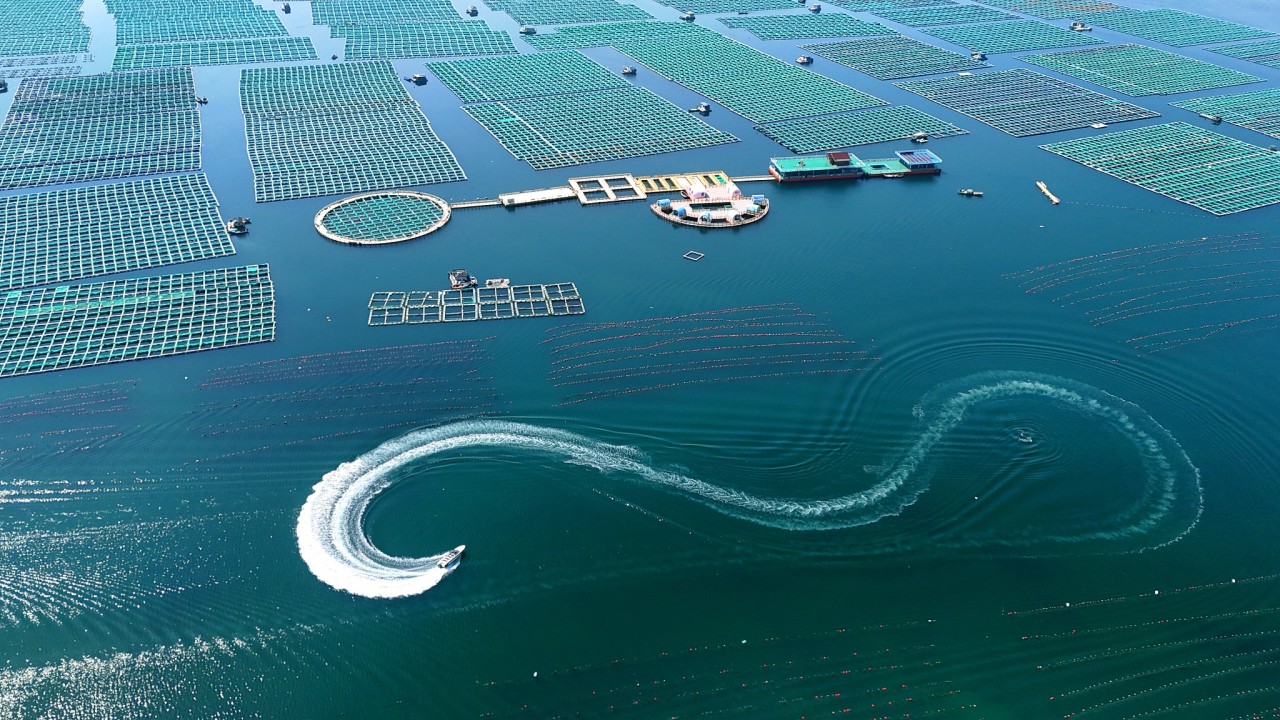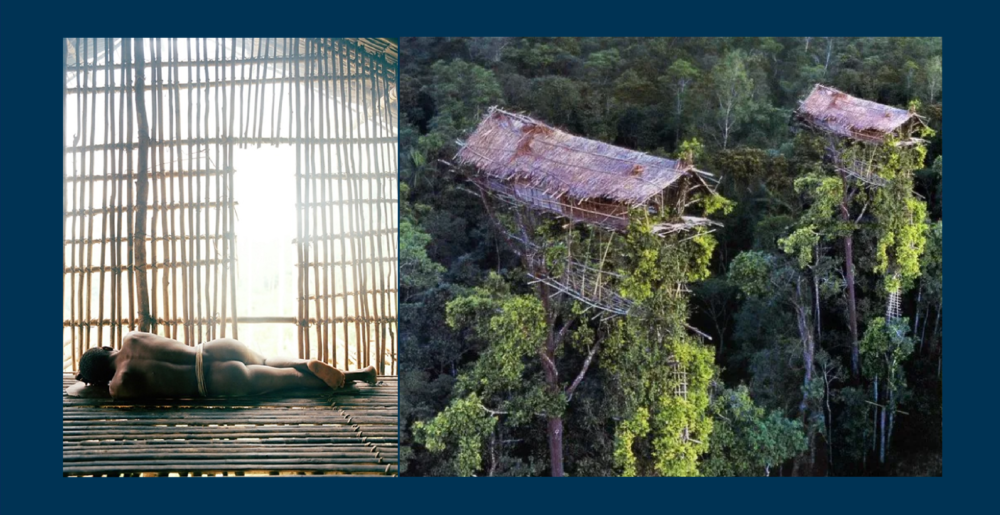Implementing a biosolar roof on your property is a fantastic way to contribute to renewable energy and urban biodiversity
IMAGE: Barangaroo Sydney
In Australia, the innovative concept of biosolar roofs is gaining traction. These roofs combine solar panels with green roofs, creating a synergy between renewable energy and urban biodiversity. Research from the University of Technology Sydney (UTS) has shown that biosolar roofs can significantly enhance biodiversity while also improving the efficiency of solar panels. (EnergyMatters).
The biosolar roof helped mitigate the urban heat island effect and improved stormwater management by reducing flows into stormwater drains by more than 600 liters per second during storm events.
Green roofs provide benefits such as stormwater retention, insulation, and improved air quality.
When combined with solar panels, they help reduce rooftop temperatures, which can increase solar energy production by up to 107% during peak periods. This integration not only supports plant growth but also fosters a diverse range of species, making it a win-win for both energy and the environment.
Barangaroo Sydney, showcases how biosolar roofs can enhance energy production, support biodiversity, and contribute to climate resilience in urban areas. This project, led by researchers from the University of Technology Sydney (UTS), compared a conventional photovoltaic (PV) solar system with a combined PV solar and integrated green roof system over an eight-month period (PV-Mag)
The results were impressive. When combined with solar panels, they help reduce rooftop temperatures, which can increase solar energy production by up to 107% during peak periods. Additionally, the green roof absorbed nearly nine tonnes of greenhouse gases, equivalent to planting 110 trees. Biodiversity benefits of the green roof attracted a variety of insects and birds, including native Australian bees and birds like spotted doves and Australian ravens – the ecological value of integrating green roofs with solar panels.
DIY PROCESS: WHAT TO PLAN FOR

Boku University in Vienna created pagodas using solar panels an intensive green roof.
- Assess Your Roof: Ensure your roof can support the additional weight of both the green roof and solar panels. Consult with a structural engineer if necessary.
- Design the System: Work with professionals to design a system that integrates both green roofing and solar panels. This includes selecting appropriate plants that can thrive in your climate and choosing the right type of solar panels.
- Obtain Permits: Check local regulations and obtain any necessary permits for installing both green roofs and solar panels.
- Prepare the Roof: Install a waterproof membrane to protect your roof from water damage. This is crucial for the longevity of both the green roof and the building structure.
- Install the Green Roof: Lay down the layers required for a green roof, including drainage, filter fabric, growing medium, and plants. Ensure the plants are suitable for your local climate and require minimal maintenance.
- Install Solar Panels: Mount the solar panels on top of the green roof. The panels should be installed at an angle that maximizes sunlight exposure while allowing enough space for plant growth underneath.
- Maintenance: Regularly maintain both the green roof and solar panels. This includes watering the plants, checking for leaks, and cleaning the solar panels to ensure they operate efficiently.
- Monitor Performance: Use monitoring systems to track the performance of your solar panels and the health of your green roof. This will help you make any necessary adjustments to optimize both systems.
Choosing the right plants for your green roof is crucial for its success and sustainability. Here are some key factors to consider:
- Climate Compatibility: Select plants that are well-suited to your local climate. Native species are often a good choice as they are adapted to the local weather conditions and require less maintenance.
- Sunlight Exposure: Consider the amount of sunlight your roof receives. For sunny roofs, opt for sun-loving plants like sedums and succulents. For shaded areas, choose shade-tolerant plants like ferns and mosses.
- Water Requirements: Choose drought-tolerant plants if you live in an area with limited rainfall. These plants can survive with minimal watering and are ideal for extensive green roofs.
- Root System: Select plants with shallow root systems to avoid damaging the roof structure. Shallow-rooted plants are also easier to maintain and less likely to cause leaks.
- Growth Habit: Consider the growth habit of the plants. Low-growing, spreading plants are ideal for green roofs as they provide good coverage and help prevent soil erosion.
- Maintenance Needs: Choose low-maintenance plants that do not require frequent pruning, fertilizing, or pest control. This will make it easier to care for your green roof over time.
- Biodiversity: Incorporate a variety of plant species to promote biodiversity. A diverse plant selection can attract beneficial insects and birds, enhancing the ecological value of your green roof.
- Aesthetic Appeal: Consider the visual appeal of the plants. Choose a mix of colors, textures, and flowering times to create an attractive and dynamic green roof.
Some popular choices for green roofs include:
- Sedums: These hardy succulents are drought-tolerant and come in various colors and textures.
- Grasses: Ornamental grasses can add movement and texture to your green roof.
- Herbs: Low-growing herbs like thyme and oregano can provide both beauty and fragrance.
- Wildflowers: Native wildflowers can attract pollinators and add seasonal color.





















